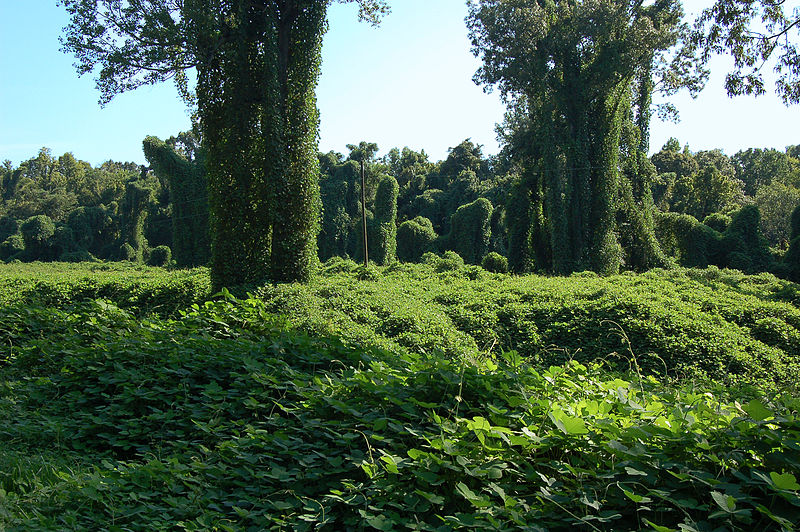Guest
post by Tina Thawani, a student in the 2014 Byrne seminar on weedy
plants
A couple weeks
ago I had to “Combat Plant Blindness” by showing someone a weed, identifying it, and
telling them a bit about weeds in general.
I ran down a hill on Livingston campus and tugged on a plant that looked
a bit like Queen Anne’s Lace. I brought it back to my friend Rachel who was
staring at me as if I was crazy, and explained that it was considered a
weed. She took one look at it and
exclaimed, “Really? I didn’t know weeds could be so pretty.” I then went on to explain to her the
basis of the seminar: weeds, and the false image society has of them.
Intrigued, the
next day I decided to ask my roommate and a couple other people in my hall how
they felt about weeds, as a miniature survey.
After hearing their initial reaction, I explained to them the real story
behind weeds, then asked them again.
I first asked
Nikki, an accounting major from across the hall. “So what do you know about weedy
plants?”
Nikki stifled a
groan. “Ugh, they’re
so annoying. I have to weed them out
myself at our garden at home and it’s a lot of work to manage. Why?”
“Well,”
I started, “The term weeds is actually a
subjective term, characterized almost exclusively by the fact that we humans
don’t want that plant in our lawns and fields of view. They tend to grow in abundance, and since
they grow in places they weren’t planted, it’s actually an
indication that they are evolutionarily more fit for the environment they
occupy. Many plants we call weeds, in
other countries are considered useful and are even appreciated; for example, a
weed called chicory can be used as a coffee substitute, and it is in many
countries. A weed called Queen Anne’s
Lace is actually in the same species as carrots. A weed called fennel can make nice after-meal
mints, and mulberry, a woody weed, can be used to make paper and medicinal
tea. Sometimes, plants aren’t
invasive, which means that they spread everywhere quickly, in their native
countries, but when they’re brought to a different country
through human interference, they react differently with the climate and
habitat. Basically, most weeds happen solely because of us.”
“That’s
cool,” Nikki said, nodding. “That kinda opened up my definition of
what weeds were, I never really saw it like that…
but it doesn’t change the fact that I have to go
through all this work. I wish more
people cared less about their gardens being perfect so that we could fully
understand the role and possible benefits of weeds in our garden. If the weeds weren’t so invasive,
though, I don’t think they’d be so bad.”
Next, I asked my
roommate, Sarah, a biology major. “What
do you think of weeds?” “Umm…
weeds…they always get in the way of gardening and outdoorsy stuff
like that right?” she said. After giving him the same spiel I gave Nikki,
her viewpoint had changed.
“You’re
right! They’re evolutionarily better, and I believe in evolution. They’re annoying, but hey, they’re
plants, and they have the same right as other plants.”
Lastly, I asked a guy who was playing pool with his friend in the
first floor lounge. “What
do you think of weedy plants?” I asked.
“I
think it should be legalized. It’s
better for the economy.” he said, as he twirled his pool
stick.
“No,
I mean, the other type. Not marijuana,”
I said with a sigh.
“Oh!
Oh. Those. Sorry. Uh…
weeds… well, they’re stupid and
annoying. My dad has someone come in and
weed the garden every month or so, cuz they grow so fast!”
After he heard
my speech, I asked him again - “So, what do you think of weeds now?”
“Wow,
I didn’t even know there was more than one type of weed. Wait, so if they’re useful and
diverse, why do we insist on planting our own flowers and removing the one that
can grow there easily? Ugh, Americans.”
One thing I’ve
confirmed from this experiment is that nobody really initially has a positive
view, or even a neutral view, on weeds.
Yet, once they learn more about them, people are more sympathetic
towards them. I believe if people took
my seminar on weeds, they too, would have a completely different viewpoint on
weeds than they did before. Like in most
aspects of life, education is the cure-all.








